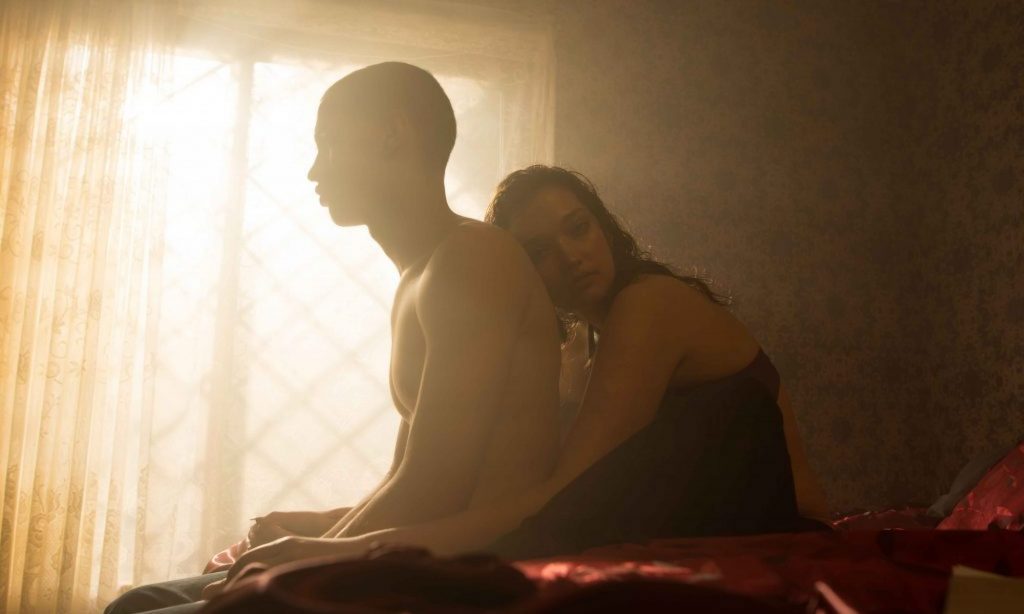Thats how I am calling them now. I look up in my phone and laptop and I have a lot of pictures from Peru, but I also asked my friends and I found the pictures that are below. My friend Melissa went a few years ago to film a short film in Chumbivilca, a small town in Cusco. She showed me these pictures and got mi attention. After the pictures I did a little bit of research about the festival.
This is the festival of Takanakuy (in Spanish it means the festival hitting each other).
Dress:
There are five types of traditional ‘characters’ portrayed during the ceremony that have different roles based on Andean cultural symbols. The majority of the dress is based on traditional horse-riding gear and brightly colored Peruvian ski masks, which are characteristic of the specific regional area. The ski masks are not all the same: they have different colors, different designs, and different textile patterns to make money.
The Characters:
- Majenos are the most basic level of dress adorning the traditional horse riding gear. A majeta is a person who lives near the Majes River in the Andes and the attire of this character is based on that. Wool horse-riding pants, a leather cap, a harrington-like traditional Peruvian jacket, hollowed out bull’s horn for the alcohol. The specific Peruvian ski mask is called uyach’ullu, which has abstract symbolic associations and displays four colors (red, green, yellow, and white) which are supposed to represent the four quadrants of the universe. The main purpose of the ski mask however is to conceal the identity of the fighters to prevent the tensions and animosities lingering into the next year
- Quarawatanna: Majeta dress with the addition of a leather biker jacket, long leather cowboy chaps, and either a dead bird or a deer skull on top of the head. The majority of the young individuals in the indigenous communities pick this type of fighter due to its intimidation factor
- Negro: Aspects of this dress attempt to portray a slave master during the colonial periods; for example, knee-high leather boots, fancy worsted pants, a nice shirt and waistcoat, a silk embroidered cape in pink or baby blue, and a cardboard crown with shiny wrapping paper on the sides and a star at the top. Then the character has to dance in circles like a rooster, which is the character’s associated spirit animal. This type of outfit was traditionally reserved for the wealthy men in town and served in contrast to the majeno’s drunk archetype. Over time, the character became less the rich man’s costume than the top fighters’
- Langos: The peruvian word langos translates to locust, and this costume is made to resemble one. The outfit is made of shiny material, and often the wearer holds a dead bird to represent the death that locusts caused in the area in the 1940
- Q’ara Gallo: This specific fighter wears no distinct type of dress attributed to Andean culture but still takes part in the procession but not the ceremonious fighting

